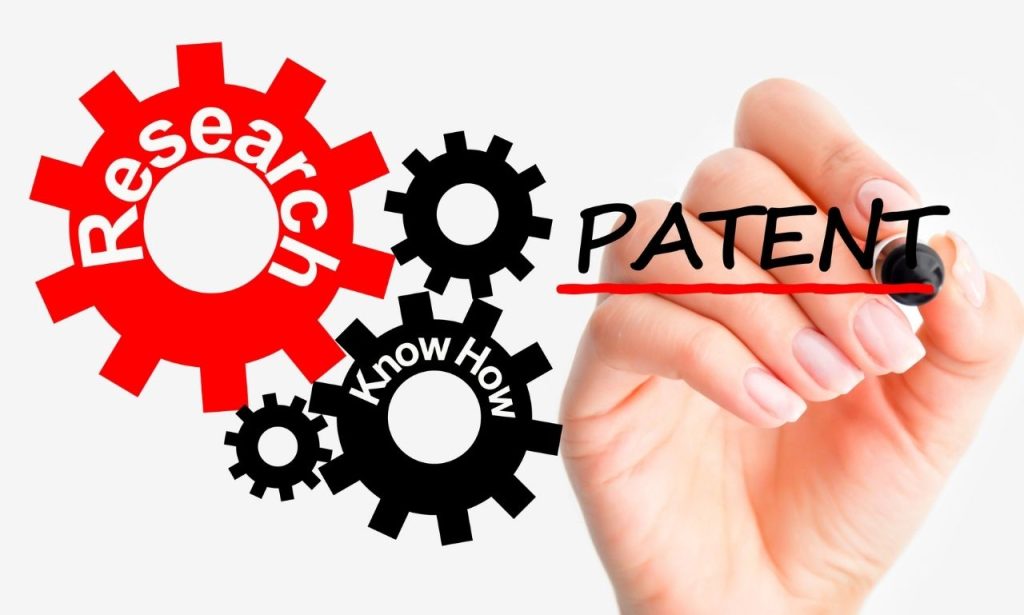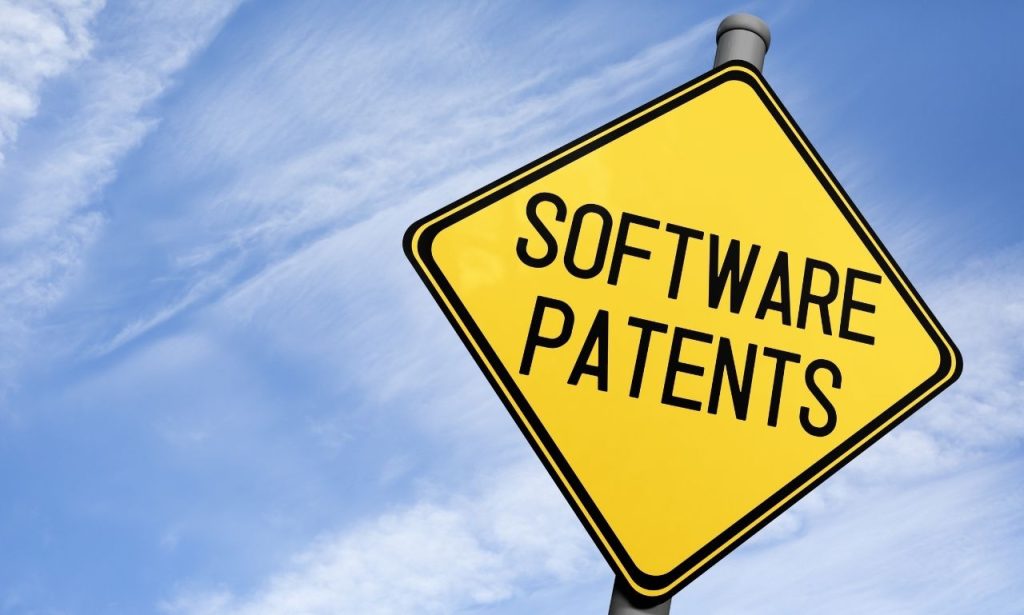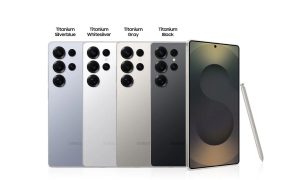Innovation inherently involves risk, with about 90% of startups failing despite their best efforts. No amount of market research can eliminate this uncertainty. Patents provide some protection but can’t guarantee market success. The business landscape changes rapidly, with shifting consumer preferences and emerging technologies that can quickly render innovations obsolete. My personal experience confirms this reality. I once invested heavily in a promising content marketing platform with solid technology and experienced leadership. We filed patents and prepared for launch, only to watch a major competitor release a similar product for free, effectively killing our innovation before it even reached the market. Let us explore why it is impossible to prove your innovation will succeed.
The Role of Patents in Innovation
Purpose of the Patent System

The patent system exists to protect inventors by granting exclusive rights to make, use, and sell their inventions for a limited period, typically 20 years from filing. This temporary monopoly allows inventors to recover development costs and establish market position. The fundamental principle has remained essentially unchanged since the first U.S. patent law in 1790, with intellectual property protection at its core.
How Patents Are Supposed to Encourage Innovation
Patents create financial incentives through exclusivity, allowing inventors to license their technology or develop products without immediate competition. The system promotes knowledge sharing by requiring detailed disclosures that become public, enabling others to build upon this knowledge after the protection period. Additionally, a strong patent portfolio signals value to potential investors, attracting funding that fuels further innovation and development.
Challenges Within the Patent System
The Rise of Patent Trolls
Patent trolls have emerged as entities that purchase patents solely to threaten litigation without creating anything of value. They don’t manufacture products or provide services but exploit the system through legal threats. In 2016, my company received a demand for $150,000 from a patent troll claiming infringement on a vague marketing technology patent so broad it could apply to almost any digital marketing activity. These entities target businesses of all sizes, knowing that fighting lawsuits costs more than settling, diverting resources away from actual innovation.
Excessive Litigation and Its Impact
The number of patent lawsuits has surged during recent years because typical patent disputes cost between $700,000 and $4 million. Small businesses’ lack of financial resources prevents them from defending themselves against legal threats, forcing them to drop promising innovations. Investment decisions of venture capitalists now depend heavily on patent risk assessments before they fund startups. The patent litigation trend in high-litigation industries creates elevated challenges to new projects,, resulting in an innovative-destroying framework instead of a protective system.
Ambiguities in Patent Regulations
The language used in patents proves difficult to understand since different experts might realize the same patent in distinct ways. The current workload of patent examiners reaches 19 hours per application review, thus making complete evaluation highly impractical. Technology progresses at a pace that outstrips existing intellectual property regulations, which struggle to solve the newly occurring challenges to intellectual property.
International Patent Protection
Complexity and Costs of International Patents
Global patent protection requires patent owners to submit applications across different countries, which enforce specific filing requirements and technical procedures. The total cost of obtaining and maintaining an international patent exceeds $100,000 throughout its lifespan because it includes various expenses such as application fees, translation costs, and maintenance payments. Most inventors must restrict their patent coverage to select important markets because comprehensive global protection remains out of their financial reach. Various nations enforce international patent laws differently from one another because these standards have not been standardized internationally.
Challenges for Small Companies and Individual Inventors
Small businesses encounter greater obstacles when they attempt to secure international protection. The absence of dedicated legal departments and limited financial resources prevents them from hiring multiple foreign patent attorneys. Small, independent inventors decide to protect their innovations only domestically because international patent protection costs exceed their economic capacity. The lack of international protection for innovations reduces revenue potential and makes new ideas susceptible to foreign reproduction. Technical translations need to offer complete precision and depth because of language difficulties between different countries.
Patentability Issues in Software
The Contentious Nature of Software Patents

The world remains divided about software patents because multiple nations either ban them entirely or approve them based on specific criteria. The average duration for patent issuance extends to 2-3 years, while software development happens at a much faster pace. The original code becomes outdated before the patent process completes. The distinction between patentable and unpatentable software remains unclear, especially when determining abstract ideas, which causes ongoing legal battles.
Impact on Technological Development
Software patents create barriers for incremental development because they claim fundamental processes that other developers need to include in their work. Open source innovation systems directly contradict standard patent models since sharing principles replace traditional patent protections. Major technology companies have started implementing patent pledges, which prevent them from using specific patents against particular users because they recognize software patents create issues.
The Influence of Large Corporations in the Patent Arena
Power Dynamics in Patent Legislation
Market control by huge corporations over patent law emerges from their strong financial sponsorship and substantial lobbying work. The complexities, together with the high costs of patents, lead large companies with substantial portfolios to strongly defend their interests through dedicated lobbying efforts against patent reform. Political factors often defeat technical knowledge regarding patent policies, making them a space where business interests compete against each other.
Strategies Employed by Large Companies
Major corporations build massive defensive patent portfolios to deter litigation. They create patent thickets—numerous overlapping patents around core technologies—making it nearly impossible for newcomers to innovate in certain spaces. Companies also acquire startups specifically for their patent portfolios, using them as weapons rather than innovation drivers. The technology itself may never reach the market, rewarding ownership over implementation.
The Impact on Innovation
Why Innovations Struggle in the Current System
Today’s dense patent landscape restricts the freedom to operate as innovations require. New products inevitably overlap with existing patents, creating legal risks for every innovation attempt. Market testing becomes legally dangerous as putting prototypes into customers’ hands risks infringement claims. The patent system increasingly rewards legal expertise over technical merit, shifting resources from R&D to legal departments.
Dependency on Existing Patents
New innovations depend on existing technologies to build upon them, thus creating dependence on previous patent rights. Most potential improvements are discouraged through the intricate licensing responsibilities that innovators must follow. Patent stacking exists in complex products since a single smartphone contains thousands of patents, making clearance impossible. The ownership of essential patents generates barriers to innovation, which provides their owners with excessive power to dominate specific markets.
Uncertain Potential of New Concepts
The market shows unpredictable reception even when patents exist. In 2012, I introduced a patented analytic tool featuring revolutionary technology and exclusive rights, but customers chose basic alternatives with less power. The timing of your product launch proves more decisive than its patent strength because launching before or after the market is ready can lead to failure. Consumer adoption depends on market readiness for new innovations because patents do not compel people to accept unprepared products.
Why Patents Can’t Guarantee Success
The ability to stop others from copying your invention is what all patents provide, but they fail to guarantee successful market penetration, including production efficiency distribution and customer acceptance. The negative aspect of patent rights enables you to block others from using your invention yet provides no assistance with its successful implementation. The true value of many important innovations emerges from existing technology combinations, which patents may not fully cover because value stems from implementation rather than basic discovery.
How to Overcome Systemic Barriers to Innovation

The path to innovation success requires execution over protection. Immediate market entry, along with vital customer relationship development, should focus beyond product specifications. Defensive publishing should replace patenting specific innovations because it makes information public to stop others from claiming ownership through patents. Companies should create alliance networks for mutual patent protection and resource sharing when dealing with intricate legal systems.
Conclusion
Innovation’s success cannot be guaranteed since patent protection offers restricted defense but no absolute security. The original system designed to boost innovation development has evolved into an obstacle that hinders innovation. Adaptable innovators who understand legal realities without letting them hinder their progress will take control of the future through protected innovative work that fosters cooperation. Innovation succeeds best when individuals and organizations are dedicated to progress despite uncertain conditions since accepting this reality proves more beneficial than resisting it.
Also Read: The Best Samsung Phones You Can Buy
FAQs
Approximately 90% of patented innovations fail to achieve commercial success.
International patent protection generally costs over $100,000 over a patent’s lifetime.
No, software patentability varies significantly between countries, with some rejecting software patents entirely.
Patent trolls are entities that acquire patents solely to file lawsuits without creating or selling products
Large corporations influence patent systems through extensive lobbying and by building massive defensive portfolios.




